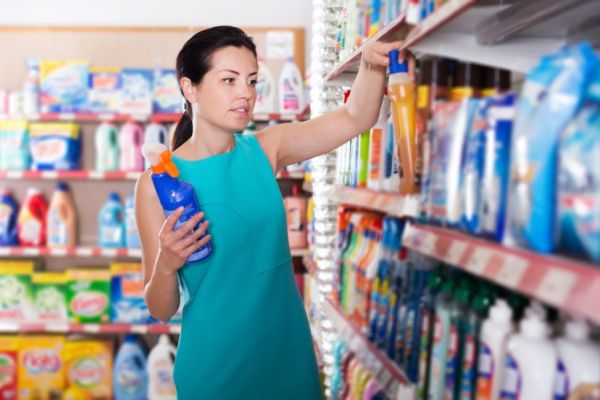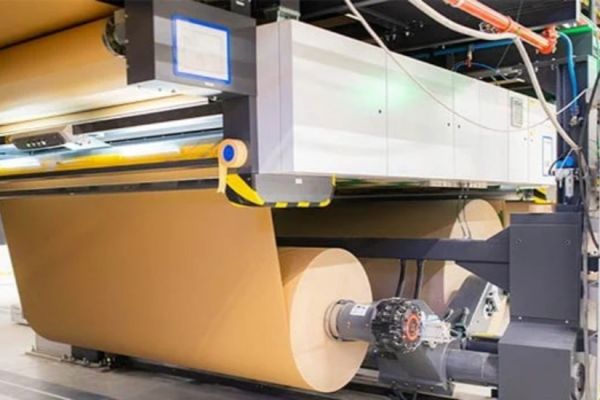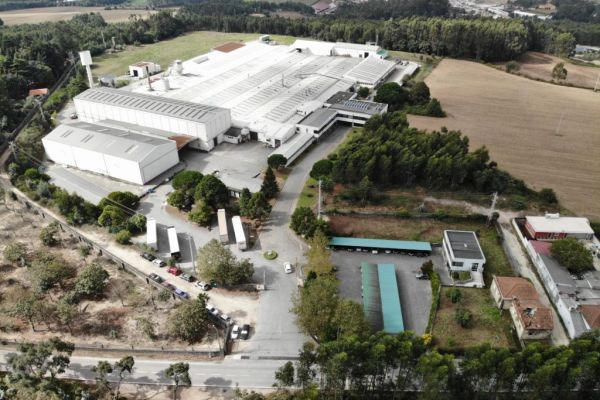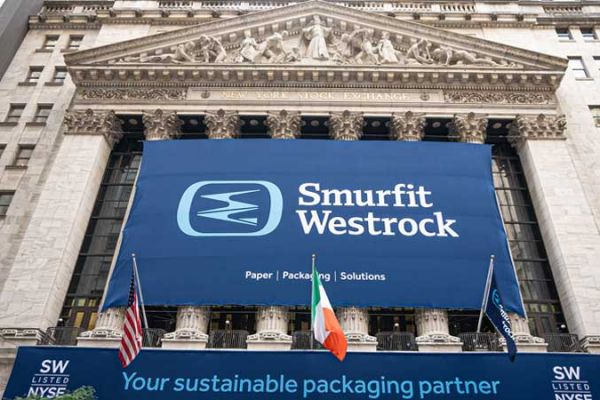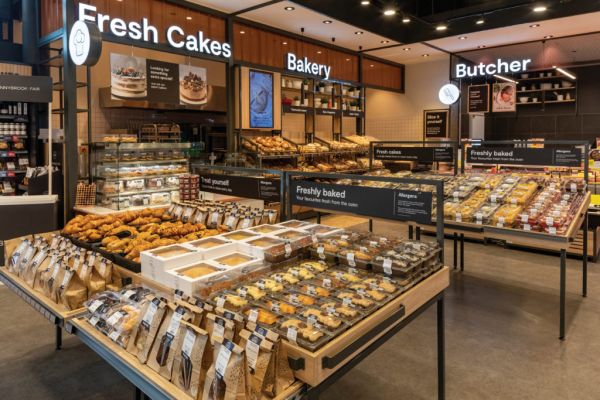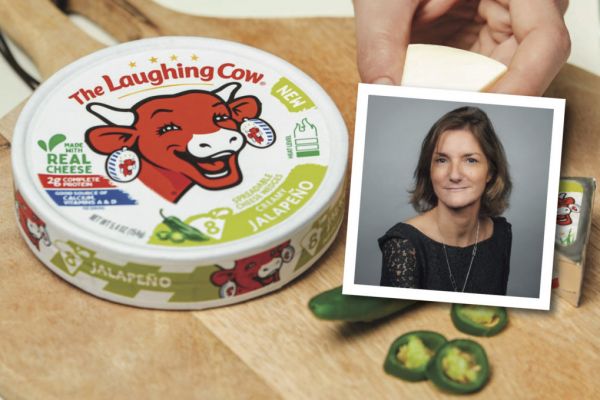Packaging makes a big difference in consumer goods. As the first thing potential buyers see, it plays a huge role in grabbing their attention and communicating a brand’s identity.
Now that sustainability is a more important part of that identity, circular packaging deserves some thought from more brands.
What Is Circular Packaging?
In this context, 'circular packaging' doesn’t mean round containers. Rather, it’s bringing the circular economy into packaging design and manufacturing.
The circular economy aims to maintain the value of products, resources and materials for as long as possible through extensive replenishing and recycling. It designs products and supply chains to enable a cycle of use and reuse instead of linear, take-and-dispose business models.
Currently, just 11.8% of materials in the EU follow this model, but bringing it to packaging could make a big difference.
Single-use plastics are common in FMCG packaging. Plastics aside, packaging as a whole is typically disposable by design. Embracing a circular business model instead could yield several benefits.
Benefits of the Circular Economy in Packaging
The most obvious advantage of circular packaging is that it’s far more sustainable. Circular economies in packaging would significantly reduce the amount of materials going to landfills, minimising pollution and habitat endangerment.
Recycling also reduces fossil fuel consumption by lowering the need for virgin plastic production, leading to fewer emissions.
Circular business models also have long-term economic benefits. While implementing this philosophy is often more expensive initially, it reduces costs in the long run. That’s because you’ll produce less waste and require fewer new resources, letting you get more value from every product.
Participating in the plastic circular economy could also appeal to eco-conscious consumers. Some 81% of UK shoppers say they prefer eco-friendly packaging. Promoting how yours uses a circular economy could catch these consumers' eyes and lead to higher sales and loyalty.
How To Make Your Packaging Circular?
Now that it’s clear why it’s beneficial, it’s time to tackle implementation. Enabling a circular economy is often challenging, but businesses can do it by keeping a few general guiding principles in mind.
Find Optimal Materials
Circular packaging may require complete package and supply chain redesigns. These shifts must start with finding the right materials.
While there are many ways to introduce more recyclability and long-term value into packaging resources, not every method is equally effective – for example, Coca-Cola tested Sprite bottles without labels in some Tesco stores to reduce packaging waste, but the bottles themselves were still single-use.
Ideal materials meet three main criteria. First, they must perform the same to the end user. Secondly, they must be recyclable multiple times over. Remember, you want something to be able to serve a purpose over years, not just one or two use cycles.
Finally, they should be easy to recycle — materials that require a high amount of energy to reclaim may not yield significant improvements.
A recent study by Klarna found that a large majority of consumers see financial benefits from adopting a circular economy approach, particularly with regard to clothing.
Get Supply Chain Partners Onboard
Implementing a circular economy in packaging must also be a group effort. On top of changing internal processes like manufacturing, you’ll need to reach out to supply chain partners for their involvement. That may involve finding suppliers who already sell highly recyclable or reclaimed materials or adjusting logistics processes to reclaim used items more efficiently.
Getting buy-in from multiple parties may be difficult initially. You can overcome people’s initial unease about these restructured supply chains by emphasising the business benefits of the circular economy. Create a formal business plan to demonstrate how a group effort could improve sales and reduce costs for everyone in the long run.
Invest In Logistics
One particular area of the supply chain that deserves special attention is logistics. Circular packaging relies on reverse logistics to get used products and materials back into the value chain for reclamation and recycling. That requires a highly efficient logistics system.
Take the opportunity to reduce logistics-related waste and emissions, too. Transportation accounts for over a third of global CO2 emissions, so consider partnering with fleets using electric vehicles. AI-assisted routing software can also help find speedier routes and highlight areas to reduce related emissions.
Get Consumers Involved
Circular packaging also requires involvement on the consumer side. Highly recyclable materials only work out if end users recycle them. Communication is key to succeeding in this area.
Make recycling instructions clear and noticeable on the package itself. Referring to a web page with more detailed information can also help, but the best way to get people to perform a desired action is to make it easy. Consequently, materials that don’t require any washing or preparation before going into a recycling bin are ideal.
You can also reward consumers for recycling packages. That could look like online trackers for buyers to see how their actions have led to specific sustainability improvements, or offering occasional discounts or similar rewards for recycling enough containers.
Time To Embrace The Plastic Circular Economy
The plastic circular economy is crucial to many nations’ zero-waste goals. Achieving that will require a new approach to product packaging.
Circular packaging may be tricky to implement, but the long-term benefits are impossible to ignore. Pursuing this goal today will lead to a cleaner, more cost-effective future.
Article by Emily Newton, Revolutionized.
